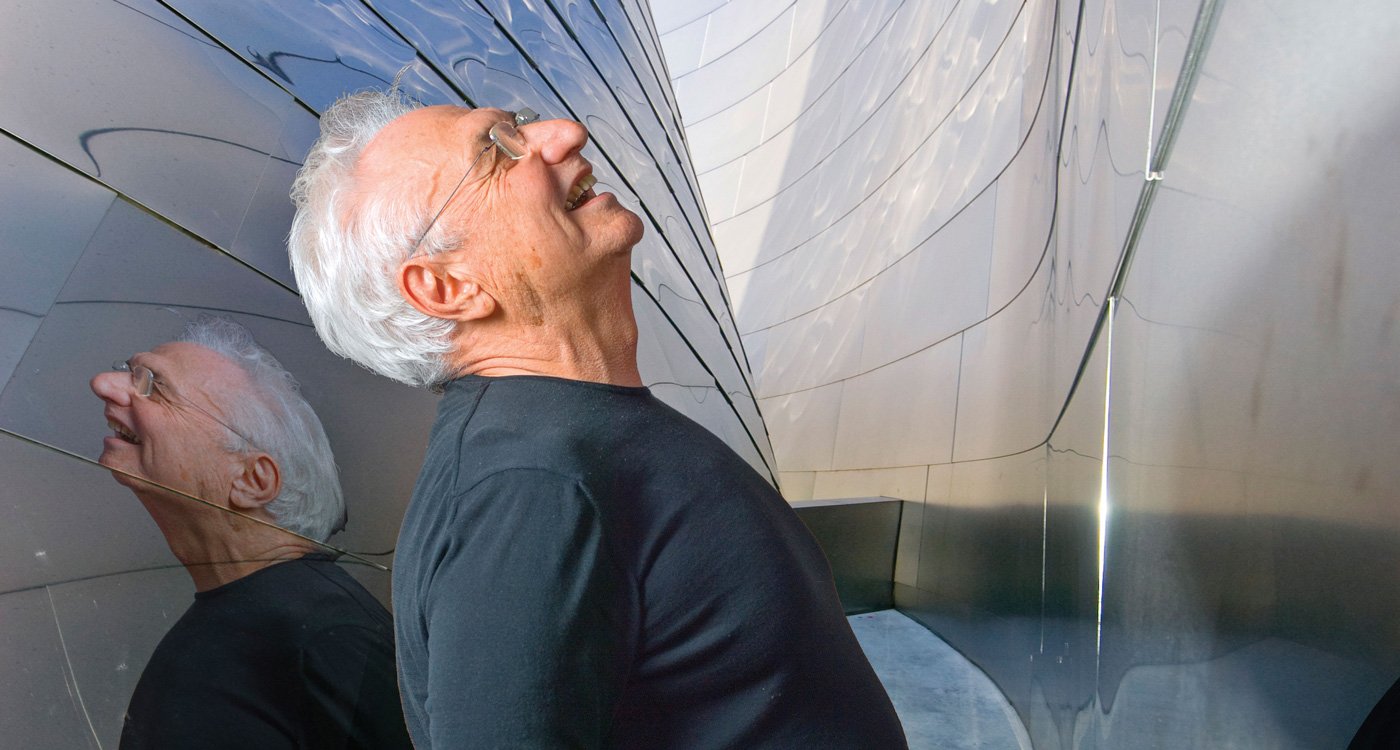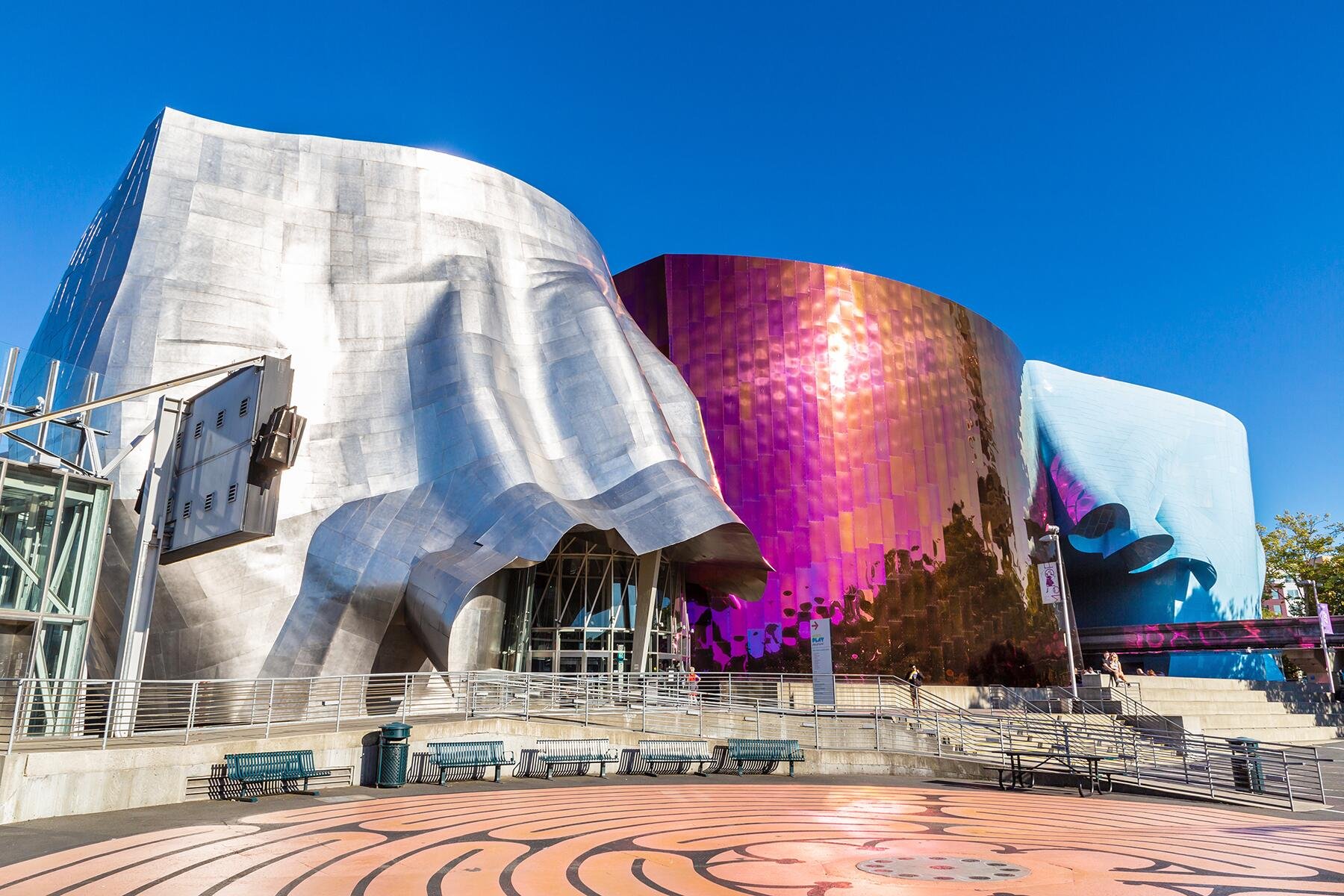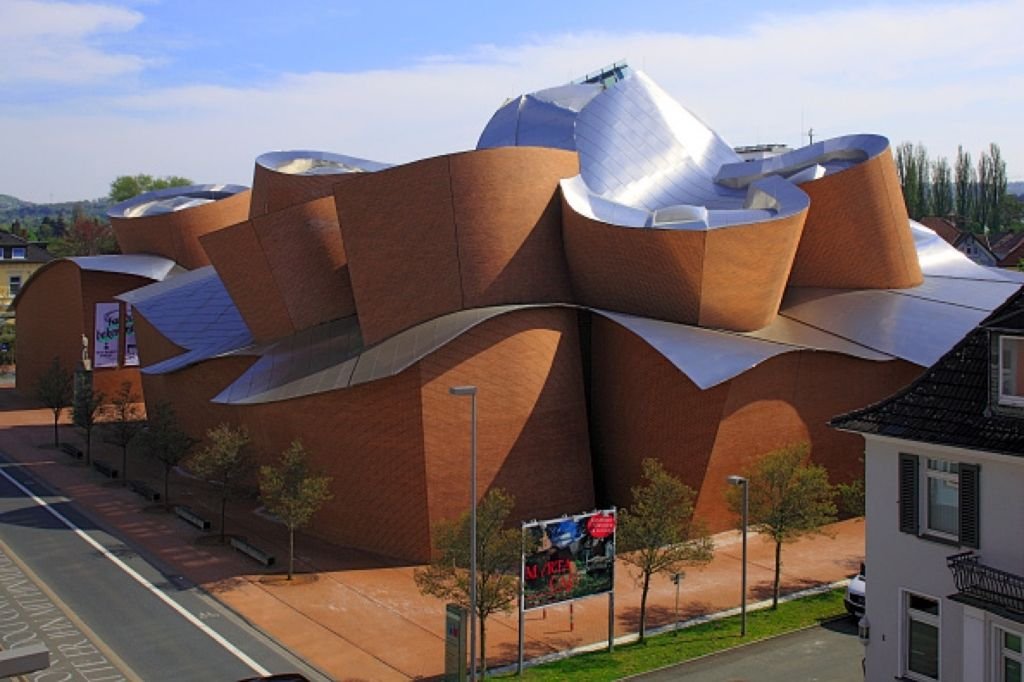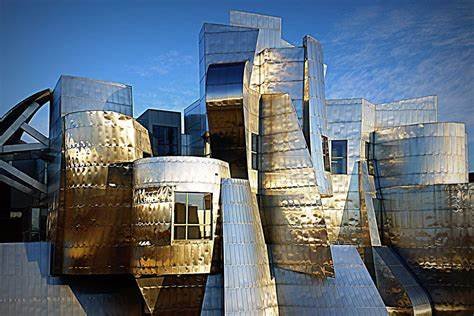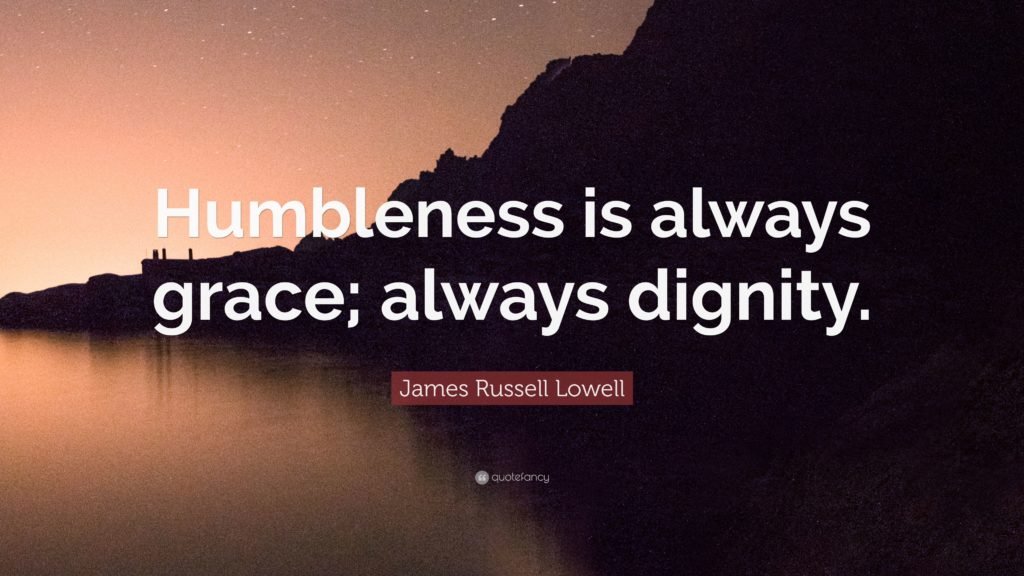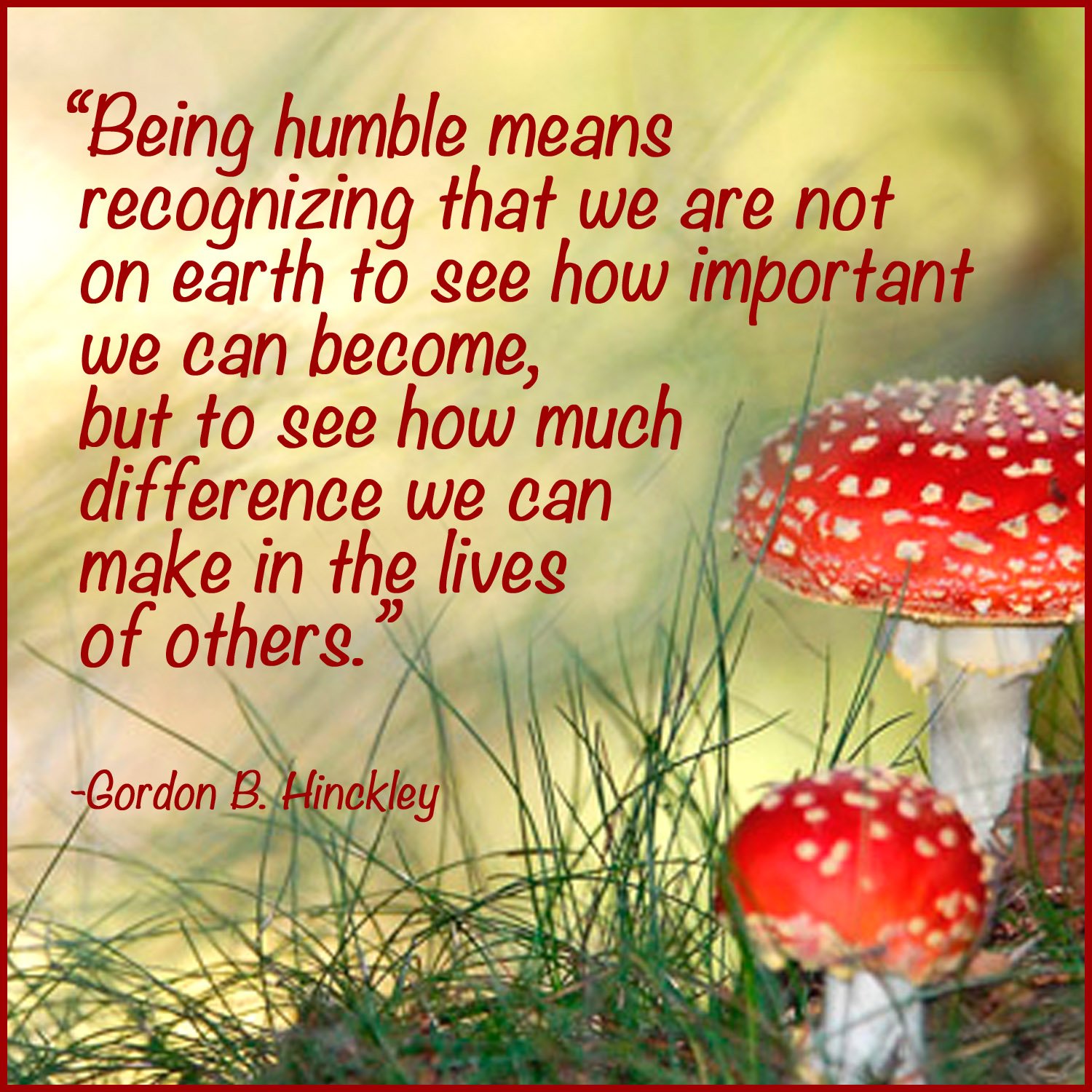Creative Insecurity: A Space of Humble Mastery
Frank Gehry is a master architect who has designed some of the most iconic buildings in the world. In a 60 Minutes interview, Gehry looked up at the splendor of the Disney Concert Hall he designed and questioned what he could have done better – he calls this “creative insecurity.”
Gehry describes his creative insecurity as constant questioning—looking for ways to bring a fresh perspective, new idea, or different angle to the work. As I listened, I thought of the concept of having a “beginner’s mind”—a Zen Buddhist term that maintains that only when you are a true beginner can you really learn anything. Through that lens, we discover without the weight of preconceived beliefs and thoughts. There is an openness to embrace something novel and the courage to take a journey.
Gehry’s creative insecurity didn’t seem to come from a tenuous place of fearing the unknown or of thinking little of himself, but from a place of wanting more to be revealed. Even as a master or expert in our field, we can approach situations with a beginner’s mindset. Constant questioning is a mainstay of curiosity, which then leads to a creative impulse to seek out new information and experiences.
Neuroscience tells us that when we are curious, the reward and pleasure center of our brain is stimulated, which releases the feel-good hormone dopamine. Curiosity enhances the connections between brain networks associated with learning, information seeking, and motivation. People who are curious bring an energy of possibility that sparks transformation on a path of discovery. Our gift of curiosity simply needs to be activated.
Speaking about tapping into creative power, Deepak Chopra tells us to not only ask, but to live the questions, and that would move us to the answers. The old story dies as we create a new story, content, and purpose.
Gehry says that he designs his buildings to have movement that evoke feelings, like a painting or sculpture. He wants to give people something to think about. What struck me during Gehry’s interview, was the depth of his humbleness, which seemed an inherent quality of his creative insecurity. Gehry was not self-absorbed in his accomplishments. He instead sought a multitude of ways in which to engage people through his creations. The iterative process of each project was a testament to that ongoing search towards the final design.
The one characteristic of authentic power that most people overlook is humbleness. It is important for many reasons. A humble person walks in a friendly world. He or she sees friends everywhere he or she looks, wherever he or she goes, whomever he or she meets. His or her perception goes beyond the shell of appearance and into essence.
— Gary Zukav
Being humble is having a modest confidence in our abilities and skills—a confidence that doesn’t need to be boasted or bragged about. There is less of an inward focus and a more outward focus on what we are doing that can help other people. In our humbleness, we find the relational grace to build stronger relationships by setting a tone of spaciousness for one another.

